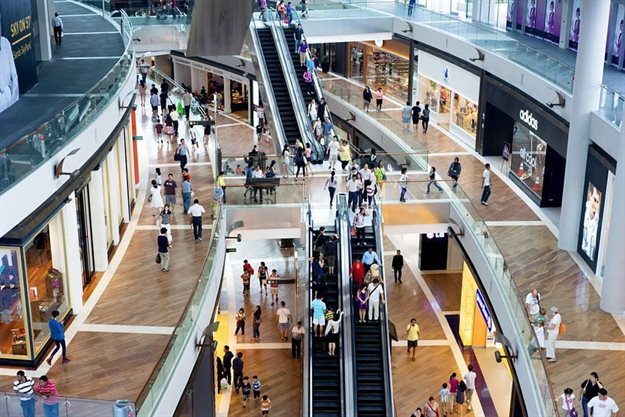
Top stories






More news











Our mall designs, retail mixes and operations stand head and shoulders above many of the best elsewhere in the world. Even so, they still need to evolve.

It’s a world of chaotic consumer behaviour. People shop around the clock. Customers are in control. They collaborate and share their experiences – good and bad – more than at any other time in retail.
While retailers are falling over themselves to adopt the latest technology, it is human interaction that most customers really seem to value. The game has become all about getting the customer experience right to compete effectively for people’s time, energy and money.
There is no doubt that the traditional retail mall landscape is transforming, and there is good reason to apply the newer laws of retail attraction and offer customers so much more than a place where they can buy things.
The combination of retail and entertainment at a mall has always existed. However, customers no longer want just to shop somewhere; instead, they want an experience worth remembering.
Data enables malls to better support customer demands and offer retail experiences that are in-step with expectations. Shopper data makes it easier to understand customers, and using this understanding has a positive impact on retail foot-traffic, especially in a competitive and fairly saturated market where tenant mixes are replicated across malls.
People are busy and stressed, and time is money. The most attractive customers for mall retailers, the affluent, are much more likely to pay more to save time. Real convenience takes the friction out of shopping. From the outset of a customer’s intention to visit until after they have left, malls need to provide a continuous safe, clean, friendly, legible, exciting, informative, relaxing and happy path for every customer.
Curating a mall simply means amplifying and introducing the retailers and experiences that differentiate it. Pop-up shops, showrooms, kiosks and markets have all started to play a vital role in curating today’s retail mix. Introducing new tenants more regularly has also become the norm. These tactics keep a mall fresh and vibrant, giving customers new things to see and experience.

Malls need to become part of the fabric of the community again, not just places to transact. Their future success will rest on people and their need for social interaction and celebration of all things, including art, culture, entertainment, wellness and relaxation. Malls must be relevant to their community and enable people to interact with one another. Tomorrow’s mall will be a place for people to be inspired, educated, entertained and to socialise.
The innovative malls of tomorrow won’t look like their predecessors. Although a dominant location remains the primary property consideration for shopping centres, differentiated designs and structures, and a mix of uses, are becoming increasingly important. Malls will be about much more than shopping. There is a shift towards an equal split of shops and public space, and these bigger public spaces offering more inspiring, engaging, changing and entertaining experiences.
From basic customer conveniences like Wi-Fi and mobile charging stations to gift-card vending machines, tech is supporting deeper discovery and connection. Retail’s digital transformation brings new opportunities to engage people throughout their decision journeys - as well as before and after their mall visit - using social media, apps and loyalty programmes. Technology is also boosting mall usability and easing customer pain points, from helping them find a parking space to directing them to a certain shop.